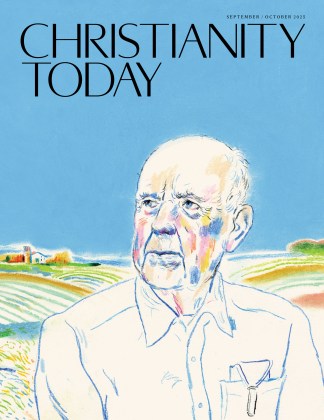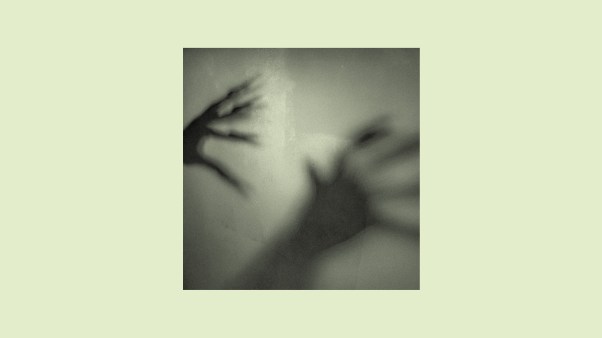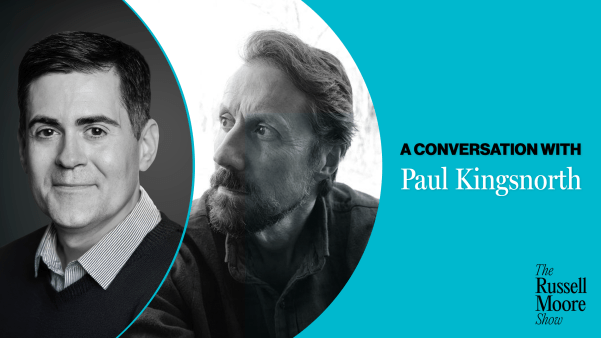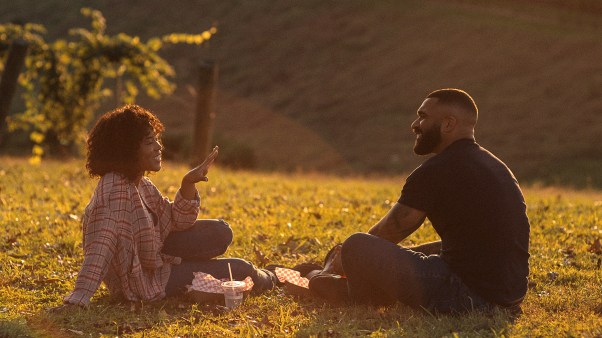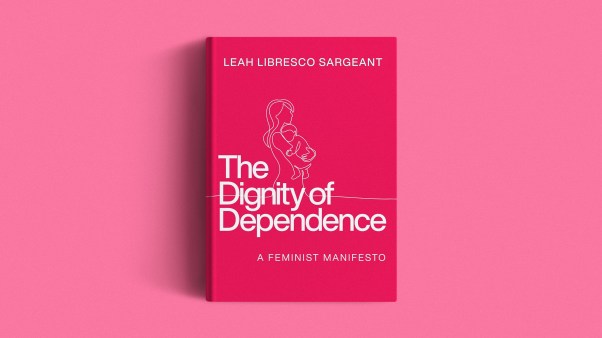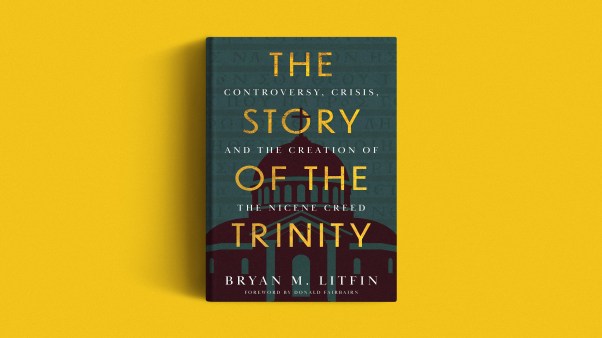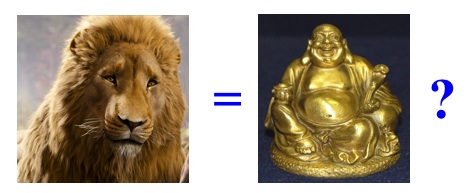
Before I was diagnosed with breast cancer, I was indifferent to the color pink. It was fine, but I didn't wear it often because it made me feel like I was wearing a gender-specific cliché, like Reese Witherspoon's all-pink attire in Legally Blonde.
After I was diagnosed with breast cancer, I hated pink. The kind gifts I received when going through surgery and chemo—fleece blankets, sweatshirts, soft caps to cover my bald head, mugs, and flowers—were all nauseatingly pink.
Looking back, I think I resented the color because it assigned me to a disease I hated. The color marked me–and whatever genes had gone haywire in my body—as defective. The color of the gifts felt presumptuous, as if people assumed that because I had breast cancer, pink was automatically my new favorite color. But it wasn't.
When I was hospitalized for a massive lung infection shortly after I finished seven grueling months of treatment, an art therapist came to my room and asked me if I'd like to paint my emotions. She offered me a pastel palette of watercolors and a blank canvas. She suggested I might like to draw something serene and calming, like a beach at sunrise or a kitten playing with a ball of yarn. I told her I didn't want a dainty plastic pastel palette; I wanted gallons of black paint and an empty room. I wanted to hurl the slimy blackness at the unsuspecting white walls. I wanted the four corners to feel my pain.
Not long before, when I was in my mid-20s, I thought I was safe, and my future was bright and promising. Then my right nipple started bleeding, and my biopsy came back with cancer cells. The cancer kept growing in spite of all the treatments, and while I was fighting for my life, I lost everything and almost everyone I cared about.
During those seven months, I kept telling myself that if I could just make it through the treatment course, I'd be home free and I could get back to my life. But when I got to the end of the tunnel, there was no light. There was still oppressive darkness. Getting the call from my doctor that chemo had shut down my ovaries, and I'd never be able to have children. Learning that I'd have to be on anti-cancer meds for the next five years. Finding out at the end of those five years that the research had changed, and I had to stay on these meds that cause joint aches and insomnia and hot flashes for five more years.
I continued to hate the color pink because it was naive and childish. I was fighting for my life, fighting off the demons of cancer, as well as depression and despair that threatened to suffocate my soul. What fighter ever wore pink into the ring?
It probably makes sense that I rarely wear pink now. During a hiking trip last week, I forgot to pack a few things and found myself in a clothing store in Utah with the only shorts they had in my size. They were pink.
I sat down on the bench in the dressing room, fighting off the negative emotions and memories I had just from looking at the color. And then I remembered all the pink I'd seen when I was going through the five surgeries I had to carve out all the cancer cells from my chest. Not pink memorabilia, but the bandages that covered my scars.
When the nurses changed the bandages, they were crisp and white. But as my surgical scars oozed blood from their healing edges, the red fluid mixed with the white fabric and the bandages became pink.
As I looked at myself in the mirror, still wearing the pink sweatshirt and shorts, the color took on a whole new meaning. It no longer had a childish or feminine overtone. It was now a symbol that made hope rise in my chest. It was where the red blood from trauma and pain encountered new bandages of healing. It was where my violent disease met compassionate white flags of peace.
Pink meant I was a fighter. Pink meant that I had almost died, and God had brought my body—and my soul—back to life. Pink meant that no matter how much pain I'd been in, God's healing touch had always shown up to soothe the scars.
As I write this I'm wearing that sweatshirt I bought in Utah, and as I look down at my chest that's covered by the soft fabric, pink reminds me that in spite of all the losses I've endured, the bleeding is now stanched.
And hope is on its way.
Sarah Thebarge studied medicine at Yale School of Medicine, and journalism at Columbia University. Her memoir, The Invisible Girls,was released in April 2013, and describes how a Somali refugee family helped her heal from her cancer experience. Thebarge works and lives in Portland, Oregon.
A version of this essay appeared on her site, sarahthebarge.com.
On the next-to-last page of The Voyage of the Dawn Treader, Lucy wonders how they shall live in their world without meeting Aslan, the Great Lion, again. But Aslan reassures her, saying she will meet him again: “But there I have another name. You must learn to know me by that name.”
Any Christian lover of these C. S. Lewis books knows full well what that Aslan’s name is here in our “real” world: It’s Jesus himself. I mean, there’s even a death-and-resurrection scene in one of the books in which Aslan must shed his blood to pay for the sins of another. Aslan as a Christ figure is almost as well-known a fact as, well, Jesus himself was a Christ figure in The Passion of the Christ. It’s a no-brainer.
But now there’s a low-brainer of a comment from actor Liam Neeson in today’s London Daily Mail that already has Narnia and Lewis fans seething. Neeson, who does a fine job providing the voice of Aslan for the Narnia movies – Dawn Treader releases worldwide later this week – said in an interview with the Daily Mail that Aslan is also based on other religious leaders like Mohammed and Buddha.
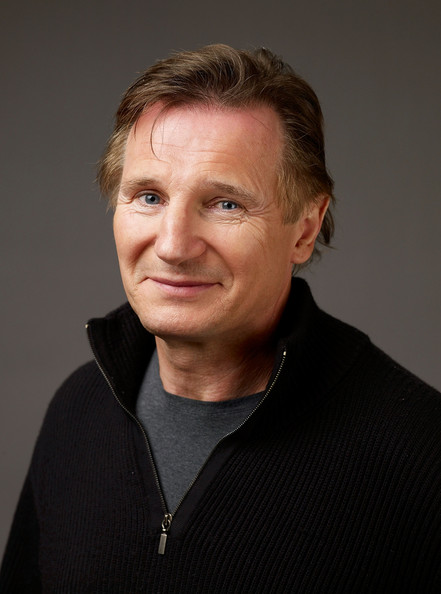
I was so relieved when I read that Mickey Maudlin (my one-time boss and former managing editor of Christianity Today) reviewed Neil Gaiman's The Ocean at the End of the Lane.
Maybe I wasn't so off-base for finding what is essentially a ghost story one of the most spiritually significant books I'd read this year.
The book journeys into the dark and supernatural as the nameless "hero" revisits his childhood home where he encounters two mysterious women—unchanged in age or appearance—he befriended in his youth. Maudlin wrote:
I love how the plot leaves open so much—what really happened, who the three women really are (a female version of the Trinity), and how these events shaped the main character—but the open space is pregnant with all the great mysteries: of life, death, tragedy, hope, meaning, and identity.
I nearly cried. That was what I loved about the book, too, the open questions and unanswered mysteries. The longing I felt after one member of the story's Trinity leaves for a spell was nothing short of, "Come Lord Jesus." As a reader, I felt eager for her to return, to solve the mysteries, to end the questions and the aches left in her absence.
The Ocean at the End of the Lane exemplifies what draws me to all great ghost stories: These stories allow us to suspend our disbelief and surrender our emotions to the big and small frights, to the rushes and chills, to the unknown and unexpected, and to feel them, sit or jump at them.
When well-written or well-told, a ghost story's characters and settings and plot become real and transformative, and we sink deeply into its world. Realizing we have survived the frights, the adrenaline rushes, the unknown and unwelcomed, we find that we made it and can keep right on breathing.
This is exactly what I love about faith in Jesus. As we go through life and faith, as we enter into the mysteries, experience the thrills and anguish, the hopes and the fears, and as we keep—through God's grace—right on breathing, we grow; we form more into the likeness of Jesus.
Because they offer this emotional, spiritual growth "coaster" in tiny packages, ghost stories have been wonderful spiritual formation tools in my life. I realize not all Christians will appreciate this. Plenty will be alarmed and appalled.
Consider, however: my love of ghost-stories or my love of exploring ooky-spooky spaces (as I did two weekends ago when I wandered through the back passages and dark rooms and dim-lit basements of the beautiful, old "haunted" hotel I stayed at) come from the same part of me that loves God stories, the same part that sends me exploring God in the bright and the beautiful as well as the creepy crevices of his world.
Far from harming my psyche as some folks worry, ghost stories do my Christian heart, mind, and soul a world of good. By suspending disbelief and embracing the other- or outer-worldly while lost in the pages of a good old ghost-story or in the campfire yarns spun to scare, I not only face fears and embrace mystery, but I also exercise the same belief "muscles" needed for my faith.
After all, faith is the suspension of disbelief. It requires us to surrender our thoughts and emotions to what seems irrational and embrace that which makes little sense. Faith is sinking so deeply into the story of God at work in this world and present in our lives that any notion of an all-knowing, all-present totally loving, infinite Creator of the Universe being unbelievable, gets suspended itself. It's ludicrous that this present and active God isn't real. And our curiosity to know him—to unlock the mysteries of God and of our faith—only grow with the suspension of disbelief.
This is the same curiosity that keeps me turning pages of The Ocean at the End of the Lane or Shirley Jackson's The Haunting of Hill House, the same willingness to listen to tales of Bloody Mary or recitations of The Raven at school-girl sleepovers is what keeps me rambling through this world with eyes open, waiting to jump in delight at what God's got around corners.
Of course, still, many argue: the differences between ghost stories and our Christian life are legion. Not the least of which, many say, are that ghosts are of the devil, of the dark. And they may be. Sometimes. But they're also of the Bible. Samuel, Moses and Elijah haunt the pages of Scripture. David wrote about phantoms. And the disciples believed in ghosts—thinking Jesus was one.
While I don't condone soliciting spirits the way Saul did, I am saying that the Bible believes in ghosts. Apparently. And that ghosts have a place in our faith. So long as the Bible does.
But I do admit to one big difference: experience. No doubt, God has used characters and stories to move and change me in ways I could never count. I've heard God's voice whispered through talking animals and young girls and old men and goolish ghosts in the pages of the books I've read. But no matter what good these stories have done in my life, no matter how ghost stories have shaped my love of the mysteries of our faith and our God, my suspension of disbelief closes with the book covers. I take the stories and characters with me. But their work is done at The End.
Quite different from when I suspend my disbelief and my faith sinks into the Story of God. Though it waivers from time to time, at the different twists and turns of the story, it's held tight and secure by the Holiest Ghost I know.
“Aslan symbolises a Christ-like figure but he also symbolises for me Mohammed, Buddha and all the great spiritual leaders and prophets over the centuries,” said Neeson, a practicing Catholic. “That’s who Aslan stands for as well as a mentor figure for kids – that’s what he means for me.”
The Daily Mail then cites a couple of Lewis experts who note how “stupid” Neeson’s comment was.
‘Aslan is clearly established from the very beginning of the whole cannon as being a Christ figure,” said William Oddie, a former editor of The Catholic Herald and a lifelong fan of the Chronicles of Narnia. “I can’t believe that Liam Neeson is so stupid as not to know.”
Walter Hooper, Lewis’s former secretary and a trustee of his estate, said the stories have “nothing whatever to do with Islam. Lewis would have simply denied that. He wrote that the ‘whole Narnian story is about Christ.’ Lewis could not have been clearer.”
Lewis himself once wrote of Aslan’s character: “He is an invention giving an imaginary answer to the question, ‘What might Christ become like if there really were a world like Narnia, and He chose to be incarnate and die and rise again in that world as He actually has done in ours?'”
Meanwhile, advancereviewsof the film haven’t been very kind, either.
